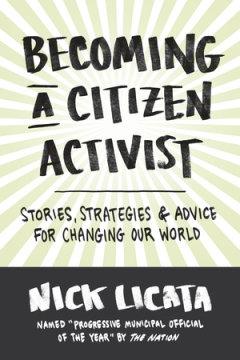Of course, there is nothing lovelier in this world than its natural wonders. But lets give our fellow humans a bit of credit. There is, after all, so much forgotten enchantment in the manmade.
Writer E. B. White understood the magic of county fairs, amusement parks, and carnival rides. He once wrote, “I see nothing in space as promising as the view from a Ferris wheel.” I’m not sure whether Mr. White ever made it to Coney Island in New York City, but if he did, he would have been struck by the same wonder that it brings to its guests every year.
Coney Island led the country in carnival attractions from about 1880 to the start of World War II. Imagine being an immigrant in the late 1800s. Expecting to be welcomed to the new land by the notoriously triumphant Statue of Liberty, your eyes would instead fall on the colossal Coney Island Elephant, beckoning you to explore New York’s other exotic treasures.







